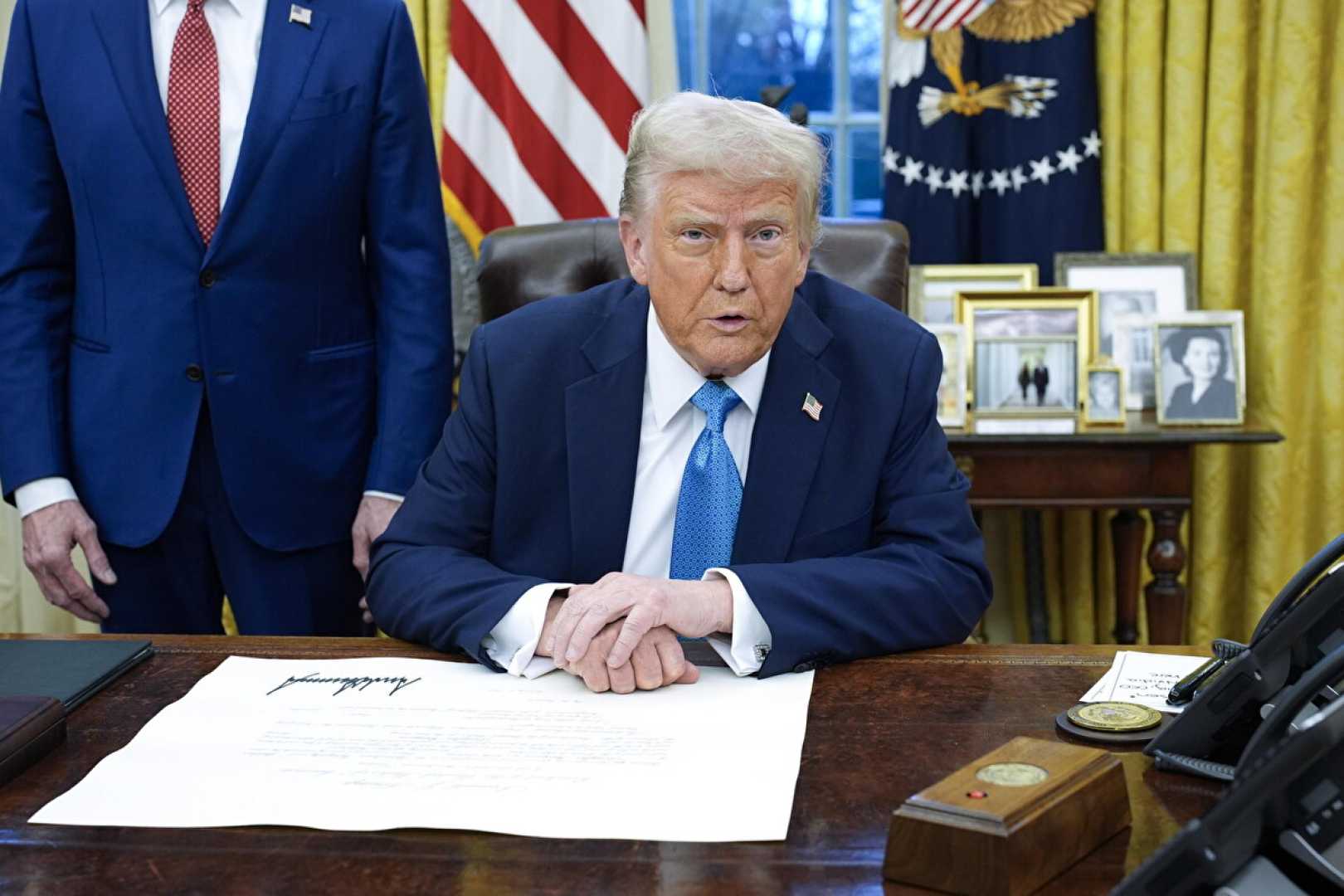Politics
Trump’s Executive Order Aims to Rewrite American History Narratives

WASHINGTON, D.C. — On March 27, 2025, President Donald Trump signed an executive order addressing what he termed a ‘distorted narrative’ of American history. This directive states its purpose is to eliminate ideological influences from federally supported museums, including the Smithsonian Institution, and to restore a purportedly accurate account of the nation’s historical milestones.
The executive order claims that over the past decade, a concerted effort has been made to rewrite American history, replacing facts with an ideology-driven narrative. Trump accused prior administrations of promoting a view that negatively reinterprets America’s founding principles as racist and oppressive.
‘Rather than fostering unity, this effort deepens divides and evokes a sense of national shame,’ Trump remarked during the signing ceremony at the White House.
Trump criticized previous Smithsonian exhibits, notably one at the Smithsonian American Art Museum titled ‘The Shape of Power: Stories of Race and American Sculpture.’ He claimed that the exhibit alleged that race has been used to maintain societal power structures.
The order instructs the Secretary of the Interior to conduct a review of monuments, memorials, and historic sites within the department’s jurisdiction to determine if any have been altered to present a ‘false reconstruction’ of American history. The review will focus on monuments removed since January 2020 as part of several nationwide protests.
To further implement this executive order, the Vice President, in collaboration with various administration officials, will work to ensure appropriations to the Smithsonian prohibit funding for exhibits deemed contrary to shared American values.
‘Museums in our Nation’s capital should be places where individuals go to learn — not to be subjected to ideological indoctrination or divisive narratives that distort our shared history,’ the executive order states.
Additionally, the order highlights the administration’s commitment to restoring Independence National Historical Park infrastructure by the 250th anniversary of the Declaration of Independence in 2026. It also seeks to appoint citizen members to the Smithsonian Board of Regents who are aligned with the newly established historical policies.
However, critics of the executive order argue that it represents an effort to whitewash the complexities of American history rather than present it objectively. Carol Quillen, president of the National Trust for Historic Preservation, suggested this initiative stems from a fear that Americans cannot handle the truth of their past.
‘Exhibits at the Smithsonian often challenge us to confront the contradictions between our highest ideals and actual events,’ Quillen said.
Chandra Manning, a history professor at Georgetown University, emphasized that suppressing historical narratives does not protect American values, but rather endangers the critical understanding necessary for societal progress.
As Trump’s administration moves forward with these plans, the potential impacts on educational institutions and cultural preservation are under scrutiny from historians and cultural advocates alike. Alan Spears, Senior Director of Cultural Resources at the National Parks Conservation Association, warned that ‘the president’s executive order could jeopardize the Park Service’s mission to protect and interpret American history.’
Overall, the long-term ramifications of Trump’s directive on American historiography and national memory continue to unfold, raising questions about the narrative of the nation’s past.












